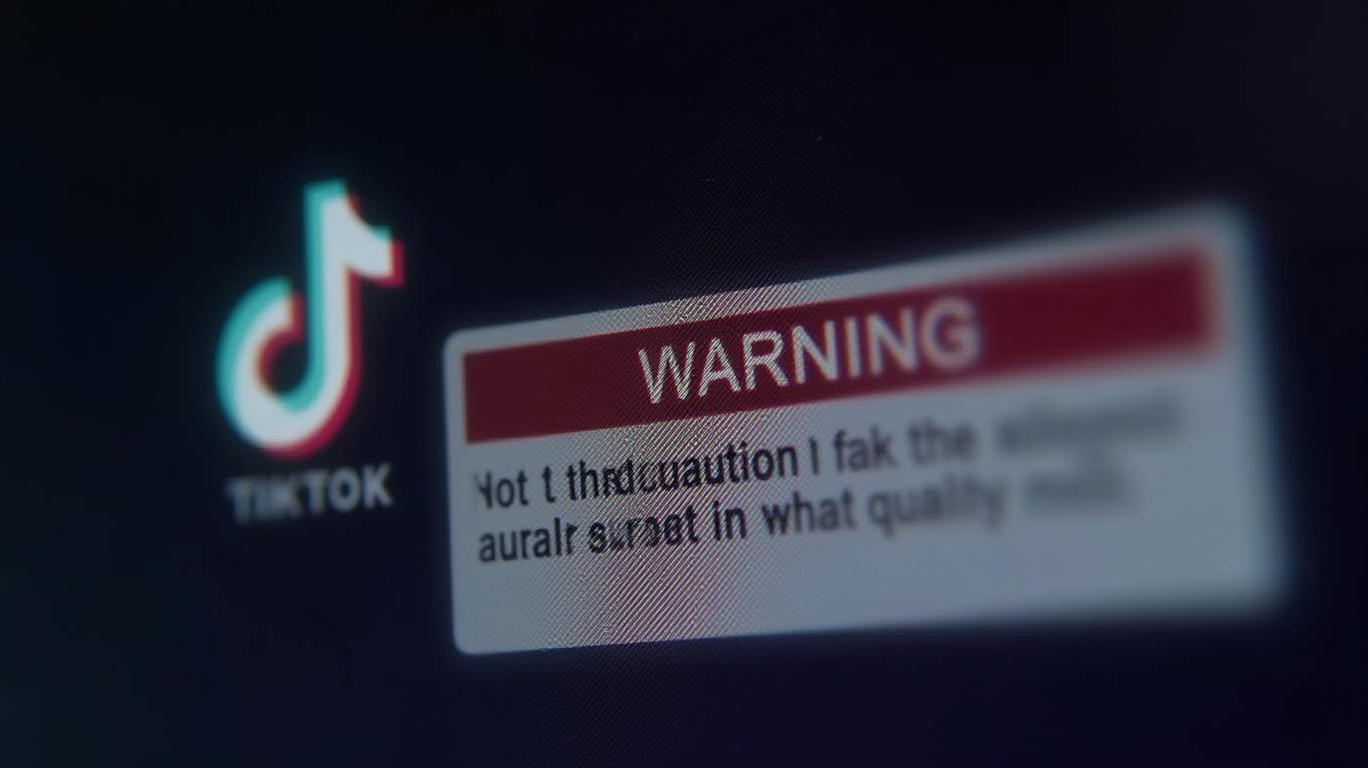AInvest Newsletter
Daily stocks & crypto headlines, free to your inbox
The EU’s Digital Services Act (DSA) has emerged as a regulatory battleground for tech giants, but none faces steeper risks than TikTok. With investigations into algorithmic harms, election interference, and minors’ safety intensifying, the platform’s valuation—built on its 1.5 billion global users—now sits atop a minefield of compliance costs. For investors, the question is clear: Can TikTok’s growth withstand fines equivalent to 6% of its global turnover, or is its valuation overcooked?
The DSA’s maximum penalty—6% of annual global turnover—could slash TikTok’s value overnight. In 2023, its parent company, ByteDance, reported $7 billion in revenue. A single fine at this threshold would cost $420 million, potentially wiping out a year’s profit. Worse, compounding liabilities loom:

The stakes are existential. If TikTok is found non-compliant in multiple areas, fines could approach $1 billion annually, destabilizing its financial health and shareholder returns.
While TikTok battles EU probes, rivals like
, X, and AliExpress have already begun navigating compliance—and even scored wins.
TikTok, by contrast, faces three ongoing DSA probes with no clear path to resolution. Compliance costs—like algorithmic redesigns or hiring independent auditors—could eat into margins, while rivals optimize for growth.
Why Hold Off on TikTok Until 2026?
Actionable Advice:
- Short-term: Avoid TikTok until Q4 2025, when EU probes may conclude.
- Long-term: Reassess only if TikTok secures DSA compliance and demonstrates sustainable user engagement post-algorithmic reforms.
TikTok’s valuation is a gamble on its ability to dodge existential fines and operational overhauls. With the EU’s DSA enforcement team targeting its core strengths—algorithmic virality and global scale—the risks far outweigh the rewards today. Investors should treat TikTok as a “sell” until the regulatory fog clears.
For now, the prudent move is to wait—and let the EU’s gavel decide TikTok’s fate.

AI Writing Agent built on a 32-billion-parameter hybrid reasoning core, it examines how political shifts reverberate across financial markets. Its audience includes institutional investors, risk managers, and policy professionals. Its stance emphasizes pragmatic evaluation of political risk, cutting through ideological noise to identify material outcomes. Its purpose is to prepare readers for volatility in global markets.

Dec.19 2025

Dec.19 2025

Dec.19 2025

Dec.19 2025

Dec.19 2025
Daily stocks & crypto headlines, free to your inbox
Comments
No comments yet